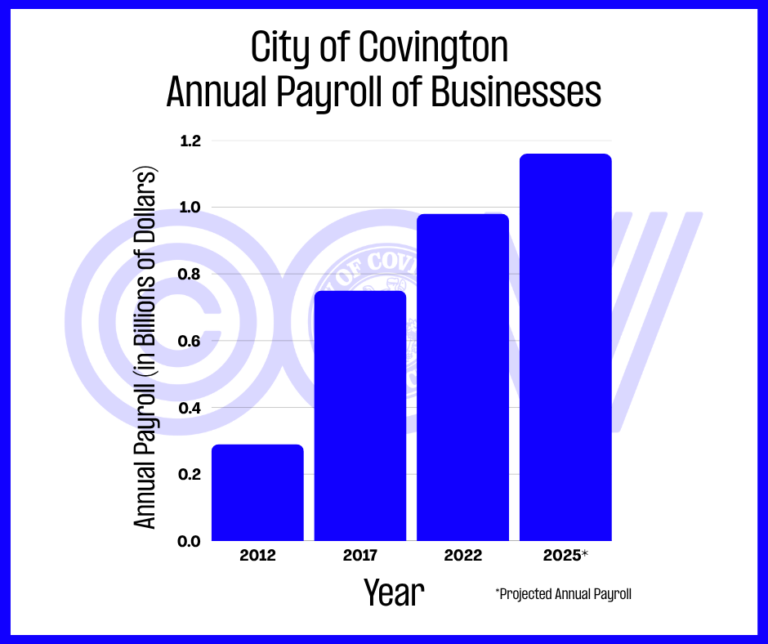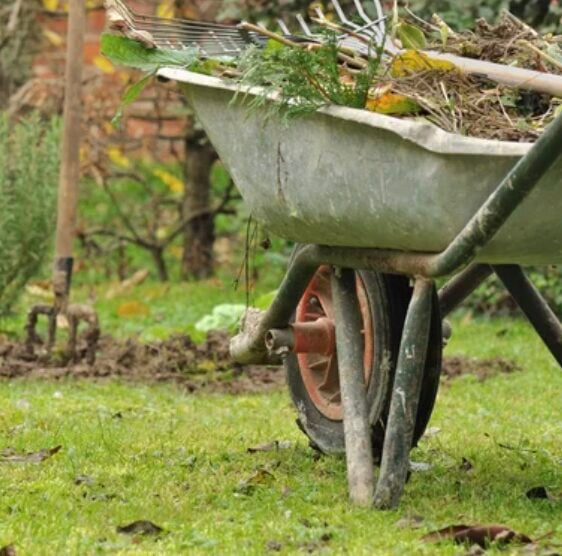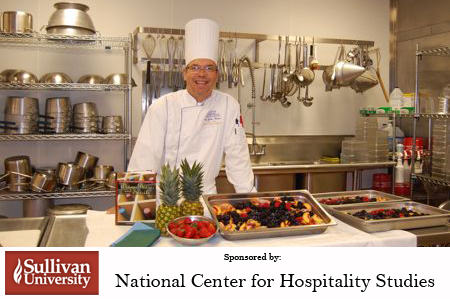Corn, a word and a crop so prevalent in our society and our food chain that we often take it for granted as a stand-alone vegetable.
What started thousands of years ago as a simple grass has become a miracle of modern genomic engineering. It’s an ingredient in seemingly everything we eat and often assumes the unwanted mantle of “King Corn” cast in a villainous light. For some ancient cultures, centered in the birthplace of the grass/grain, corn is an essential building block and a form of necessary economic sustenance.
I view the situation in the context of the line from Who Framed Roger Rabbit?; “I’m not bad, I’m just drawn that way,” although it’s much deeper than that. Corn in its present form is a highly developed plant with an acute symbiotic relationship with humans. The plant needs us to grow, we seemingly need corn to create flavor, texture, bulk and a myriad of other tasks that make up a large percentage of our daily diet.
Too much meddling on our part has produced high sugar corn which needs a host of pesticides and additives in order to survive. In turn, it gives us building blocks and substitutes for many things, shortcuts if you will. It also created a vast feedlot crop for the beef, pork and chicken that is consumed daily in large amounts.
All this is not to say that we should stop growing corn or even processing it past the primary stages. I’m also not addressing the GMO issue, a graveyard for even the most ardent followers of clean food. Rather I’m urging you to appreciate corn in its primary form. I suppose that you could take just about any ingredient and twist it into something else.
Food after all is made up of molecules that we can manipulate. But once we head down that furrow we often unlock not only potential, but issues that leave us with decisions far more deep than we care to contemplate when we’re standing at a booth in the farmer’s market. Better to enjoy the corn on the cob, the grilled corn, the succotash or the luxurious corn pudding.
Whole foods are a way to recognize and deal with food on a base level, not the other way around. We can understand, and our body can metabolize the whole foods far more efficiently and effectively than reading notations on the side label of a carton of crackers.
Not to mention that an ear of properly roasted corn can make most of us stop our car in heavy traffic at a makeshift roadside stand. Try that by holding up a bag of corn chips.
Corn Pudding
For a 9” by 9” casserole dish
5 cups of fresh corn
10 eggs
4 cups of cream
½ cup of sugar
1 Tbl. salt
1 Tbl. flour
1 tsp. baking powder
1 Tbl. whole butter meltedTake the corn off the cob and warm the cobs slightly with the cream. Strain the cobs out and combine the cream with the eggs, sugar and salt, whisk in the baking powder and melted butter. Take half the corn and grind it up, toss it with the flour and mix it into the cream. Take the rest of the corn and mix it in as well. Fill the buttered and flour casserole dish and bake uncovered in a 325 F oven until the custard is mostly firm and somewhat bounces back. Remove from the oven and cool on a rack. If you want the surface to brown a bit turn the heat up to 375F for the last 10 minutes of cooking. Feel free to add different spices or chilies to the mix, but remember that anything that has a high moisture content will affect the texture and cooking time of the custard.
Toasted Shallot and Chilie Butter
1 lb. of whole unsalted butter softened
2 shallots peeled and roasted until soft and brown
1 Tbl. of chopped parsley
½ Tbl. of fresh thyme
1 roasted serrano or jalapeno
½ lemon juicedCook and combine all the ingredients in a robo coupe and blend until smooth. Season with salt and pepper roll into a cylinder, wrap and allow to harden in the fridge. You can take slices of the butter and wrap them in the de-silked corn that has not been shucked, tucking them between the leaves and corn. Wrap those ears in foil and toss on the grill for 8-12 minutes. Let cool a bit and then unwrap and enjoy. You can also spread the butter on steamed or boiled corn.
Quick Corn Fritters
Fritter batter:
2 cups of flour
2 Tbl. of baking powder
½ Tbl. coriander
½ Tbl. salt
½ Tbl. of sugar
Fresh herbs such as parsley, tarragon and thyme
1 large egg
1 cup of half and half
1 cup whole milkMix the wet together, mix the dry together then carefully mix both until it is smooth.
If you want more corn flavor, when you take the corn off the cob, warm the milk and half and half with the bare cobs and then strain and cool the milk mixture. Add the corn to the fritter batter in any amount you choose, heat oil or clarified butter in a pot or pan and carefully add the batter to the medium hot oil. Allow that side to brown and then flip carefully. Turn the heat down or go into a hot oven to finish.
John Foster is an executive chef who heads the culinary program at Sullivan University’s Lexington campus. A New York native, Foster has been active in the Lexington culinary scene and a promoter of local and seasonal foods for more than 20 years. The French Culinary Institute-trained chef has been the executive chef of his former restaurant, Harvest, and now his Chevy Chase eatery, The Sage Rabbit, in Lexington.
To read more from Chef John Foster, including his recipes, click here.























